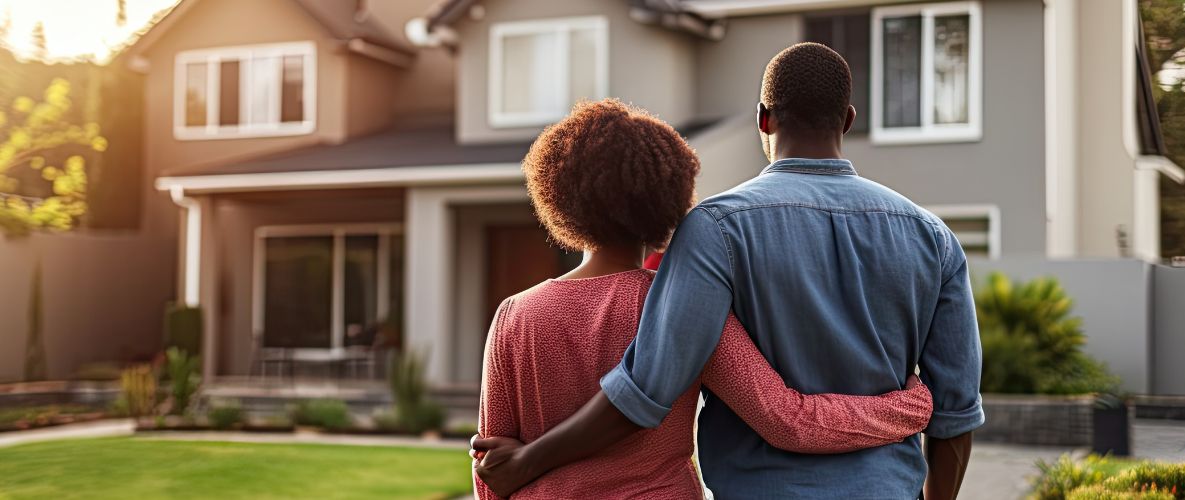
Conduct a Home Energy Audit
October 20, 2023
Do you want to make your home more energy efficient, but aren’t quite sure where to start? Do you want to use some of the tips we’ve shared, but aren’t sure what will make the biggest difference? You should consider doing a home energy assessment. Whether your house is a hundred years old or new construction, there’s always room for improvement. Here are a few ways you can perform a check-up on your house’s energy usage.
- Check for air leaks. Are there places in your home that struggle to stay warm or cool with the seasons? Check along your baseboards, edges of flooring, and corners where your walls and ceiling meet each other. Then check around your windows, doors, light fixtures, and electrical outlets. If you find any obvious air leaks, seal them with caulk.
- Check your insulation levels. Insufficient insulation is a common culprit of heat loss. Making sure that your home has the recommended amount of insulation in every area can make a massive difference on how much energy your home uses. Check our post on insulation for more details.
- Inspect your heating and cooling systems. Check your systems annually or as often as your manufacturer recommends. If you have a forced air furnace, your air filters need to be inspected and replaced as needed. During months of heavy usage, this might be necessary every couple of months. Additionally, if your air treatment systems are more than 15 years old, consider updating them. While the up-front cost can be daunting, the energy savings from a more efficient system can add up quickly.
- Estimate your appliance energy usage. When it comes to your appliances, it’s not just about whether they’re energy efficient, but also how you use them. Many appliances use energy even if you’re not actively using them. These are called standby loads and can cost you upwards of $100 per year. But there are ways to help curb this kind of power usage. If you have a coffee maker that you only use in the morning, consider unplugging it for the rest of the day. Or if there’s a sleep mode or standby option for the appliance, take advantage of it. This kind of approach to appliances doesn’t need to be tedious – simply placing them on the same power strip and clicking it off and on like a light switch is an easy habit to learn.
Knowing where to start is an essential first step of making your home more energy efficient. Once you’ve followed these tips, you can prioritize what changes you can make that best benefit your living situation and your budget. Every homeowner can find new ways to keep their wallet and the environment healthy with the right decisions.

